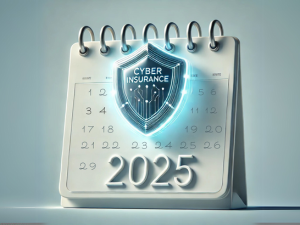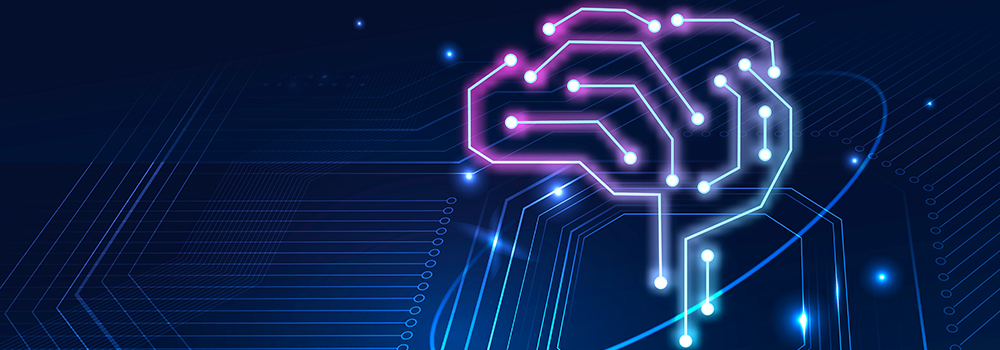The start of a new year is more than just resolutions—it’s the perfect opportunity to reevaluate your business’s technology. With 2025 ushering in rapid advancements and an AI-driven digital landscape, staying competitive requires IT solutions that enhance efficiency, fortify security, and future-proof your operations.
Outdated IT systems can cost SMBs dearly: ITIC reports that IT downtime averages $1,670 per minute per server. Beyond the financial toll, inefficiencies—like dropped calls, slow internet, and poorly organized cloud systems—create disruptions that hinder productivity.
Here are the top IT upgrades to help your business thrive in 2025:
1. Move to the Cloud: Flexibility Meets Cost Savings
Cloud solutions are no longer optional—they’re essential for businesses aiming to stay efficient and competitive. Cloud technologies go beyond file storage, driving collaboration, business continuity, and scalability.
4. Leverage AI-Powered Tools
Key benefits include:
- Reduced reliance on physical servers.
- Scalable resources tailored to your business.
- Lower IT maintenance costs.
Businesses using cloud solutions see an average 20% reduction in IT expenses (Flexera). If you haven’t embraced the cloud yet, now’s the time.
2. Fortify Your Cybersecurity Strategy
With cybercrime expected to cost businesses $10.5 trillion annually by 2025 (Cybersecurity Ventures), robust security is non-negotiable. Protect your business with:
- Endpoint detection and response (EDR).
- Multifactor authentication (MFA).
- Proactive threat monitoring via managed security service providers (MSSPs).
Investing in cybersecurity safeguards your operations, reputation, and customer trust.
3. Upgrade Your Hardware
Outdated hardware slows productivity and increases vulnerabilities. If your computers, servers, or network devices are aging, consider modern replacements.
What to prioritize:
- Energy-efficient devices.
- Windows 11 compatibility (Windows 10 support ends in October 2025—don’t wait until the last minute!).
- Hardware designed for AI and cloud computing.
AI is no longer a luxury; it’s a must-have for businesses seeking operational efficiency. AI-driven tools can:
- Automate repetitive tasks.
- Enhance customer service with smart chatbots.
- Deliver real-time insights to improve decision-making.
For IT teams, AI can proactively identify and resolve issues before they impact operations, ensuring smoother business continuity.
5. Adopt Unified Communications (UCaaS)
Unified Communications as a Service (UCaaS) integrates email, phone, video conferencing, and chat into one seamless platform, streamlining communication and collaboration.
Pro Tip: Choose a UCaaS provider with robust security and integration features to simplify adoption across your business.
Tailor IT Upgrades to Your Needs
Every business is unique, and IT solutions should be customized to your specific goals. A FREE Network Assessment is a great way to evaluate your current infrastructure, identify inefficiencies, and prioritize investments for maximum impact.
Ready to future-proof your business for 2025?
Call us at 214-550-0550 or click here to schedule your FREE Network Assessment today. Let’s build a smarter, more secure IT environment for your business!


















